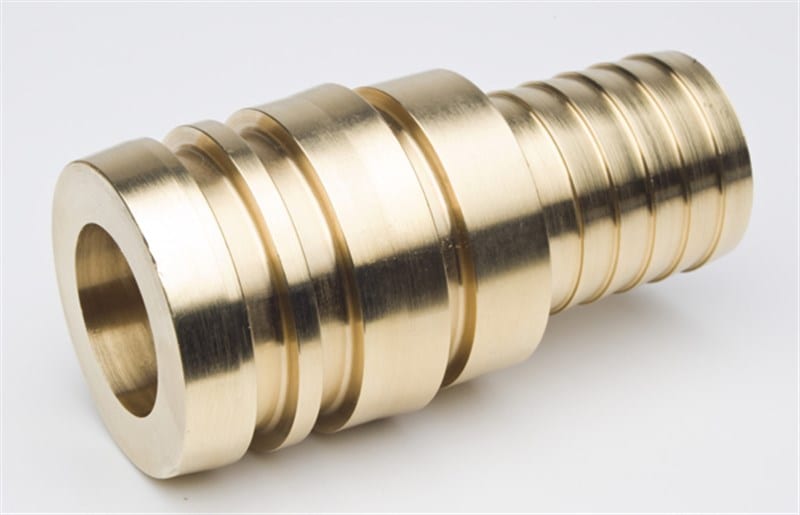Practically every industry imaginable uses the parts created in the machining industry in one way or another. While different industries use various manufacturing processes, the machining industry has the following four common processes: drilling, turning, reaming, and tapping. They each perform different duties to make the products used around the world.
The 4 Types of CNC Manufacturing Processes
In the machining industry, there are four main types of manufacturing processes: drilling, turning, reaming, tapping. The CNC manufacturing version of these processes are automated and controlled by computers.
What is Drilling?
In the drilling process, material is being cut away or removed by using a drill bit. The drill bit is used to cut a circular section (or holes) into solid materials. It is estimated that 75% of the material that gets removed during a project does so during this phase.
Many people believe that drilling can only be used on soft materials, such as wood. But if the drill head is harder than the material of the workpiece, it can perform very well. In fact, many people need parts made from metal, hard plastic and stone, and get them made using the drilling process.
Drilling machines have many working parts to perform their duties. Those are:
- Column (Pillar)
- Base
- Arm
- Worktable
- Drill head
- Feed mechanism
- Drill jigs
- Electric motor
- Pully (Gears)
- Spindle
- Chuck
What is CNC Turning?
Turning is a manufacturing process designed to make precise cuts into hard materials, like plastic, metal or stone. It uses a cutting tool, usually a non-rotating tool bit, to cut the material. The workpiece rotates around a stationary cutting tool to remove material.
Like mentioned earlier, CNC turning is the computer-controlled method of traditional turning. Most turning processes use a lathe, while the workpiece material is rotated to cut and produce precise designs in varying depths.
Reaming
A reamer is a rotary cutting tool used in machining. Reaming is the cutting process that uses that rotary cutting tool to hollow out a workpiece made of hard materials.
Similar to drill bits, a reamer removes material from a workpiece. However, they perform a more focused task, smoothing the interior walls of a hole that already exists in a workpiece. This process removes a much smaller amount of material than drilling does.
Reaming can be performed on workpieces made from metal, plastic, wood or stone, creating a smooth-walled hollow area. The reaming process is performed by manufacturing companies using a drill press or a milling machine.
Tapping
The machining process known as tapping produces internal threads, usually by using “rigid tapping” or “synchronous feed tapping” process.
A tap or set of taps is used to cut a thread in the interior of a workpiece. That way, a bolt or screw cap can be threaded into the hole to keep it secure. The tapping is performed by combining a rotary motion with an axial motion, while the tap cuts into the material forming the internal thread.
CNC Manufacturing Services
Do you need drilling, turning, reaming or tapping services? Avanti Engineering offers a multitude of CNC manufacturing capabilities. Contact us today for more information or to request a quote.
